
Stella_Cottrell_Critical_Thinking_Skills_Deve
.pdf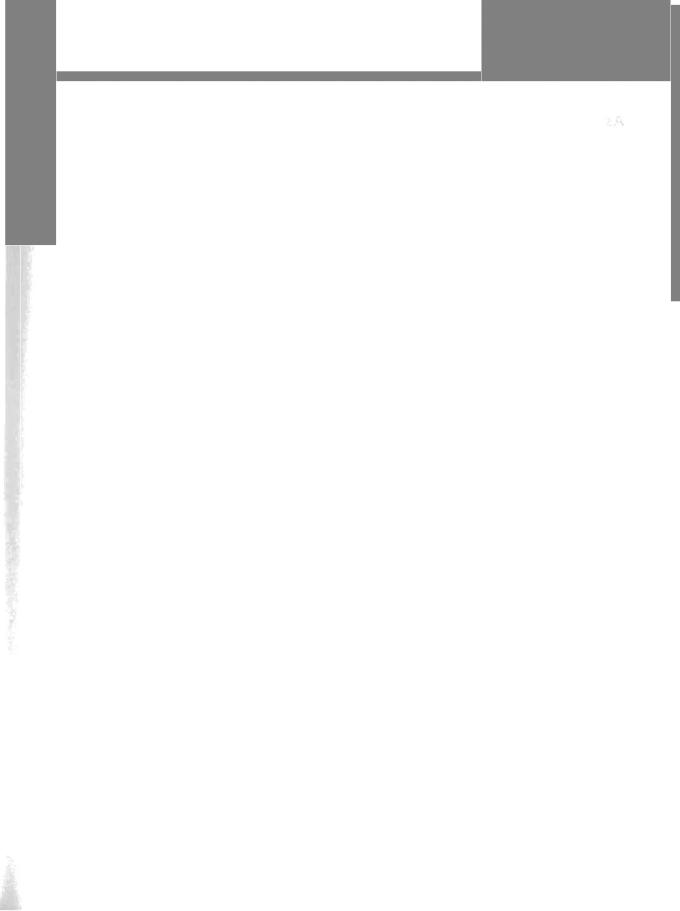
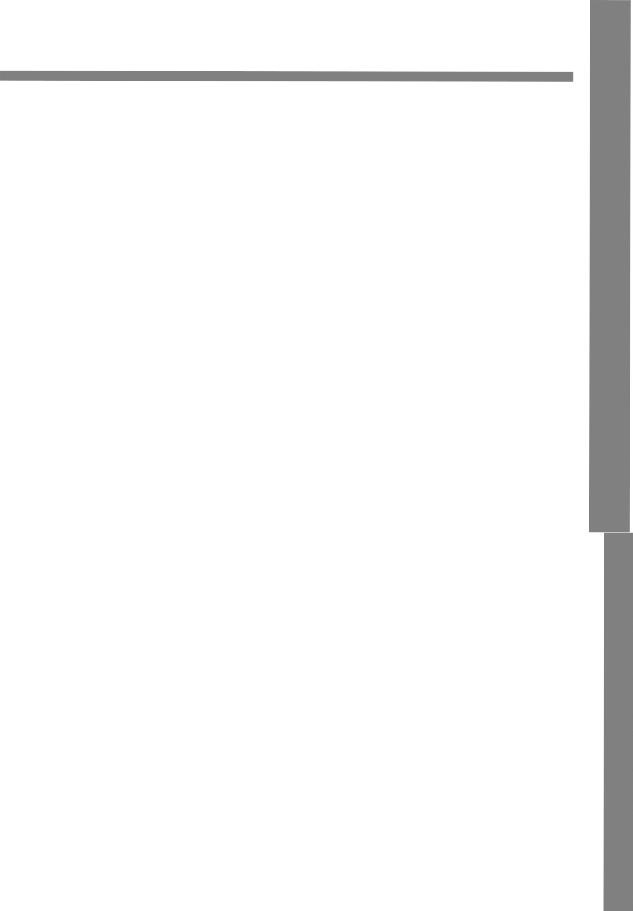
Answers to activities in Chapter 6 (continued)
Associations (p. 97)
Stereotypes (p. 97)
1This reinforces the stereotype that all girls like pink.
2This reinforces the stereotype that being a pilot is a job for males and being a steward is a job for females.
3This reinforces the stereotype that British people only eat roast beef and won't eat food from other countries.
4This reinforces the stereotype that all redheaded people are hot-tempered.
5This reinforces the stereotypes that people from the Caribbean all like Reggae and only want to listen to that music, and that people from Spain all like flamenco music and only want to listen to that.
6This reinforces the stereotype that all football fans are trouble-makers.
7This reinforces the stereotype that students are lazy and can't fend for themselves. It reinforces the idea of students as younger people with parents who live near enough to visit. It doesn't include the concept
of students who do not have |
are |
older, from overseas, or brought up in |
|
care. |
|
8This reinforces the stereotype that people are not interested in fashion or computers once they reach a certain age.
104 Critical Thinking Skills |
0Stella Cottrell (2005), Critical Tilinking Skills, |
Palgrave Macmillan Ltd
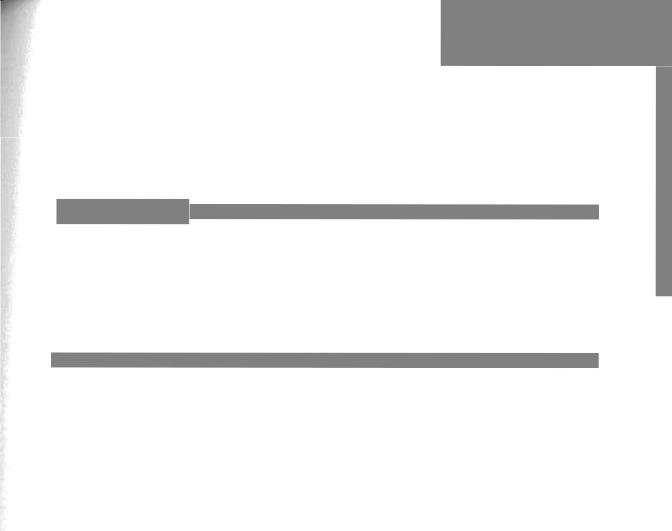
Chapter 7
Does it add up?
Identifying flaws in the argument
This chapter offers you opportunities to:
a consider a range of flaws that may be contained within an argument a practise identifying flaws in arguments
arecognise the difference between cause and effect, correlation and coincidence
understand what is meant by necessary and sufficient conditions, and be able to distinguish between
the two
a identify a range of ways in which language can be used to distort an argument
Introduction
Chapter 3 demonstrated that an argument has several components: an author's position, a line of reasoning that uses reasons to support a conclusion, and the intention to persuade. In the following chapters, we saw that an argument can collapse even if it appears to have those components. We have already seen how an argument may be weakened by poor structure, logical inconsistency and hidden assumptions. This chapter will look at some other ways of evaluating the strength of an argument. It enables you to consider many common types of flaws that can occur, such as confusing cause and effect; failing to meet necessary conditions; attacking the character of
a person rather than evaluating their reasoning; misrepresentation; and using emotive language.
Arguments may be flawed because:
The authors didn't recognise that their own arguments were flawed. This chapter can help you to recognise flaws in your own arguments so you can improve your reasoning.
The authors intended to mislead their audiences and deliberately distorted the reasoning, or misused language to create particular responses. This chapter can help you to be more alert to flaws in other people's arguments.
Does it add up? 105
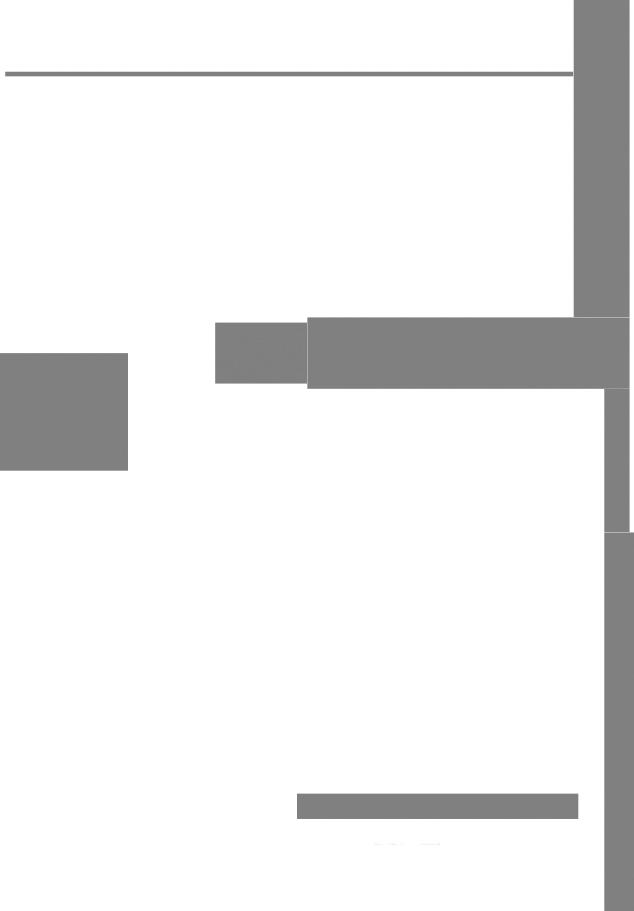
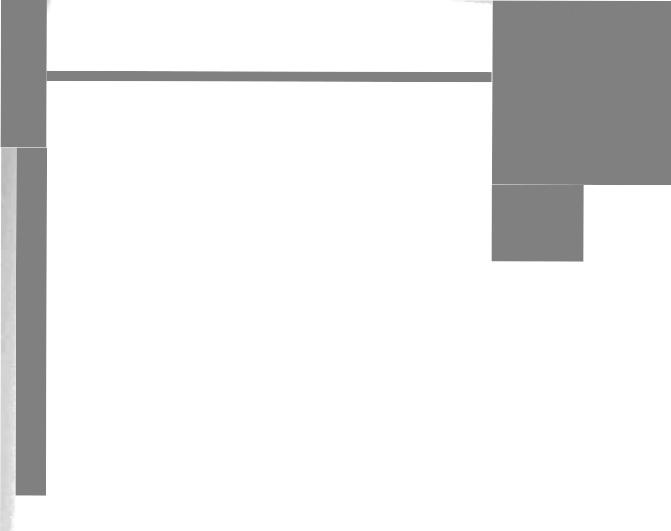
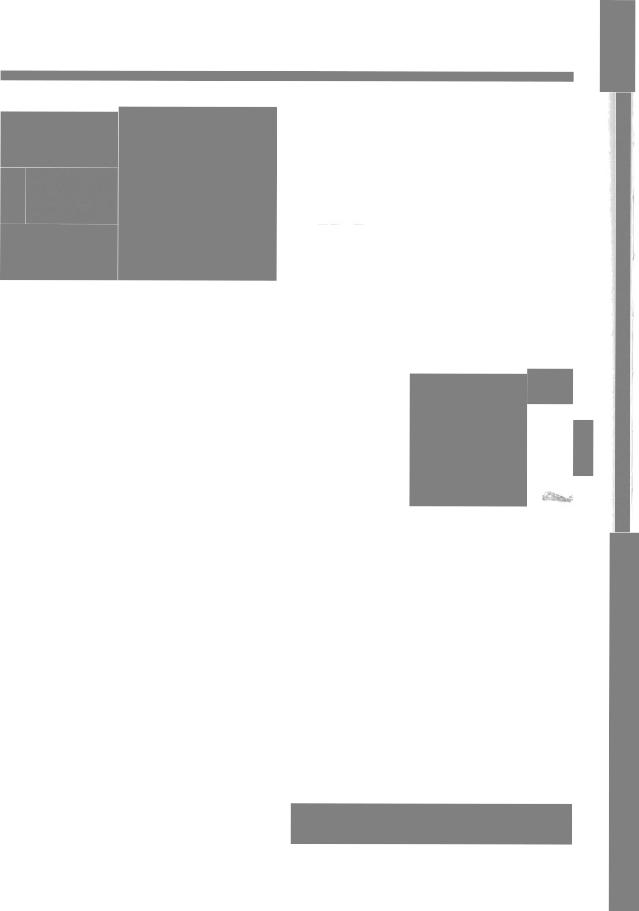
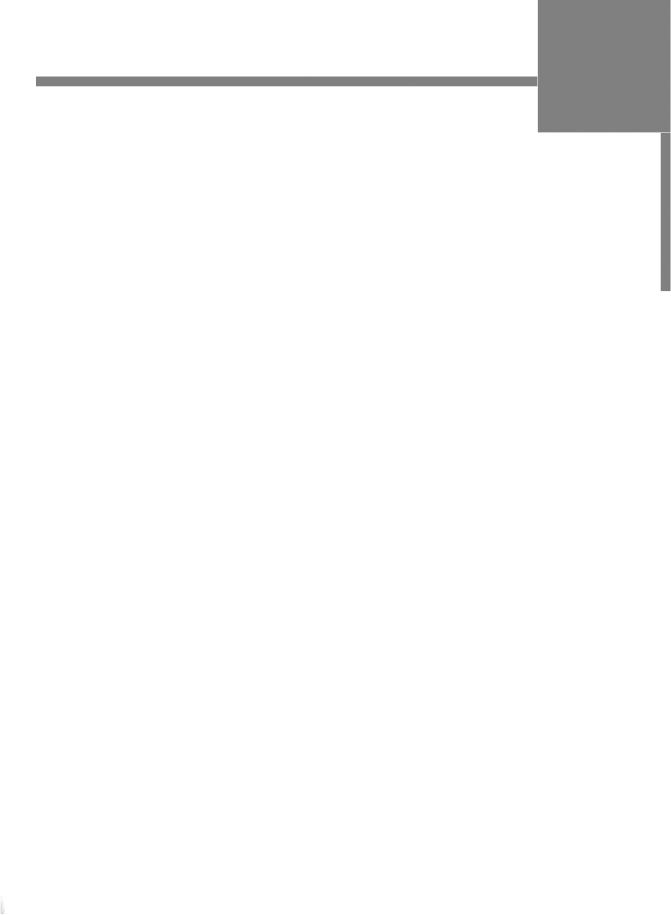
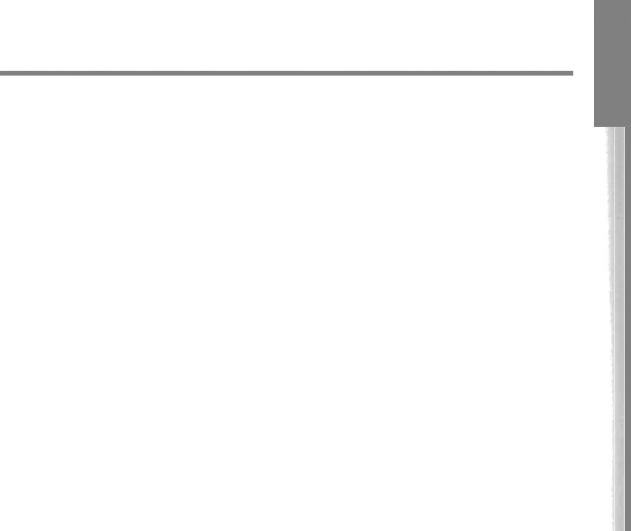
Not meeting sufficient conditions
'Necessary'i not enough proof
Necessary and sufficient conditions are different. Even if a necessary condition is met, this might not be sufficient to prove a case: there may be other conditions that must be met. You need to consider whether the 'conditions' are sufficient to support the conclusion. If not, then the argument is not yet proved.
For example, simply having a ticket for the lottery draw is not a sufficient condition for making money: the ticket might not win. This illustrates the difference between necessary and sufficient conditions.
'If this, then t h a t . . .'
Sufficient conditions form the totality of all those conditions that must be met in order to secure a particular argument. If sufficient conditions are met, then a particular set of consequences must follow. Sufficient conditions are expressed in statements such as:
I f this is trzle, then that must always be hie. I f A is present, then that proves B.
If this is tnre, then that must always follow. I f A is present, then B must be tnle.
The lottery prize money was f10 million. Johnheld the only winning ticket. He met the rules of the competition. Therefore, Johnmade a lot of money.
In Example 1,some necessary conditions for John to make a lot of money are met: the prize was for a large sum, and ~ o h nwas the sole winner. However, if he lost his ticket, didn't claim his prize, or the lottery company went bankrupt, sufficient conditions would not have been met for John to make a lot of money.
Bacteria usually have very short life spans. However, in 1989, the slteleton of a well preserved, 11,000-year-
old mastedon was found in Ohio. Scientists found a n intestinal bacterium in its rib cage that they believe was its last meal. The bacterium was not found in the surrounding peat. Therefore, the bacterium must be over 1 1,000years old.
The author is here arguing that bacteria may live much longer than was assumed. A necessary condition is that bacteria found in the skeleton are not also found in the surrounding peat. If they are, then the bacteria might have travelled from the peat to the skeleton only very recently, and might not have been present in the rib cage 11,000 years ago. However, this is not a sufficient condition to prove the age of the bacteria. We don't know, for example, whether the bacteria were blown by the wind into the skeleton at any intervening point during the last 11,000years, without making contact with the surrounding peat.
Sufficient and/or necessary
When you are checking for sufficient conditions, it can help to rephrase some or all of the reasons, and see whether the argument still holds true. To check whether wings are a sufficient condition to prove that somethi& is a bird, apply a statement such as: If A is present, then that proves B, and check whether this is true or false.
Proposition: Birds have wings. The item has wings. Therefore, it is a bird.
If wings are present, then that proves this is a bird. True or false?
The answer is Its having wings is not sufficient proof that this is a bird. Other necessary conditions would be that it was, or had been, a living creature, with feathers, and that it had the DNA of a bird. A winged item could simply be an aeroplane.
110 Critical Thinking Skills |
0 Stella Cottrell (ZOOS), Critical Thinkitzg Skills, |
|
Palgrave Macmillan Ltd |
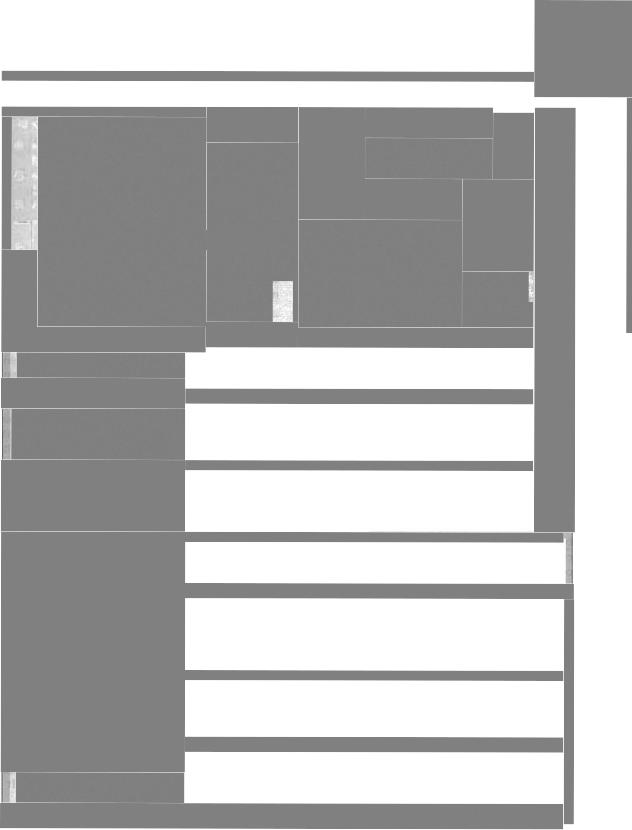
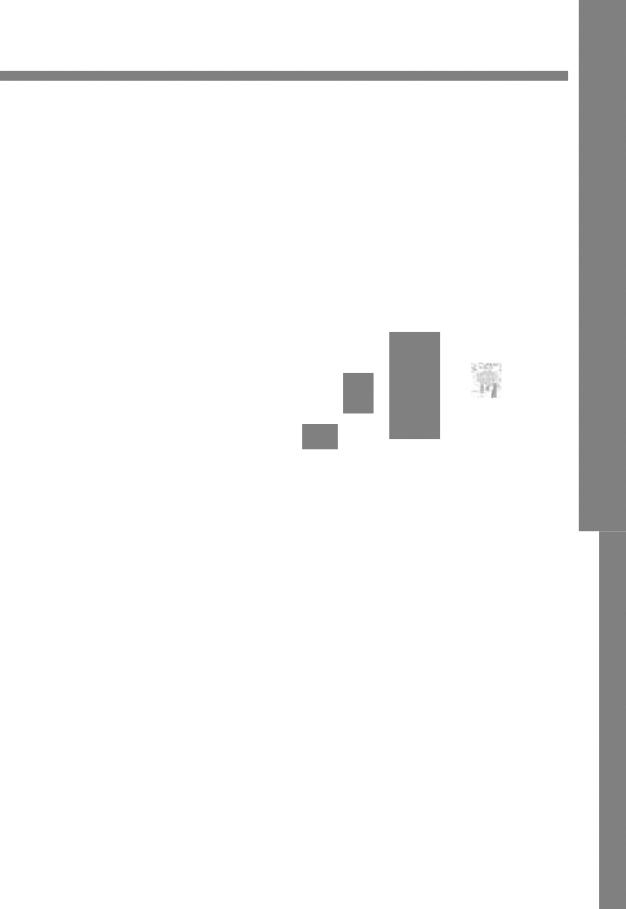
False analogies
An analogy is a comparison made to draw out similaritiesbetween two things.
Creative comparisons
Authors can attempt to persuade their audience through using comparisons. In creative writing such as poetry and fiction, it is legitimate to compare two items that seem at first to be dissimilar in order to produce a literary effect such as surprise, humour or an unexpected perspective. In creative writing, it may be permissible to say 'it was raining wellington bootsf, or 'the moon is a goddess riding her chariot of clouds'. Literary critics have to decide whether such comparisons work to create the desired effect on the audience.
Valid comparisons
For most types of critical thinking, comparisons must be valid, and add to our understanding of the situation. In scientific terms, for example, it doesn't help to think of the moon as a goddess or clouds as chariots. Comparisons draw attention to those aspects which are similar. As two things are never identical, it takes critical evaluation and judgement to decide whether a comparison is valid for the context. If the comparison helps to give a more accurate understanding, then it is likely to be valid.
The heart works as a pump, moving blood through the body by opening and constricting.
For most purposes, the comparison with a pump helps us to understand the action of the heart, so this is valid.
An analogy is not valid if:
the two items being compared are not sufficiently similar, or . . .
1 12 Critical Thinking Skills
the comparison is misleading, or . . .
the item used for comparison is described inaccurately.
Before reading on, check whether you can identify the weaknesses in the analogy in the example below.
Cloning of human cells should never be allowed: it will create another Frankenstein. We do not want such monsters.
The author's position on cloning is clear: that it is wrong and should be stopped. It may be that the idea of cloning is 'monstrous' to many people and the author is playing on that sentiment. However, the analogy used is not valid as it doesn't compare like with like. A clone is an exact copy of an original. Frankenstein wasn't an exact reproduction or copy of anything, but was, rather, an assembly of pieces. Moreover, by using the term 'another Frankenstein', the author is implying we should have learnt our lesson from the past. However, Frankenstein was only a character in a book. The author wants us to think that a clone will be a 'monster', but if the original used for the clone was not a monster, an exact copy should not be a monster either.
If an author uses a false analogy well, the argument may seem convincing. This is especially true if one half of an analogy seems easy to prove (that Frankenstein was a monster) and the other isn't (the outcomes of cloning). It is easy to assume that because one half of the analogy is true, the other half must be too.
O Stella Cottrell (ZOOS), Critical Tlzinkiny Skills,
Palgrave Macmillan Ltd
